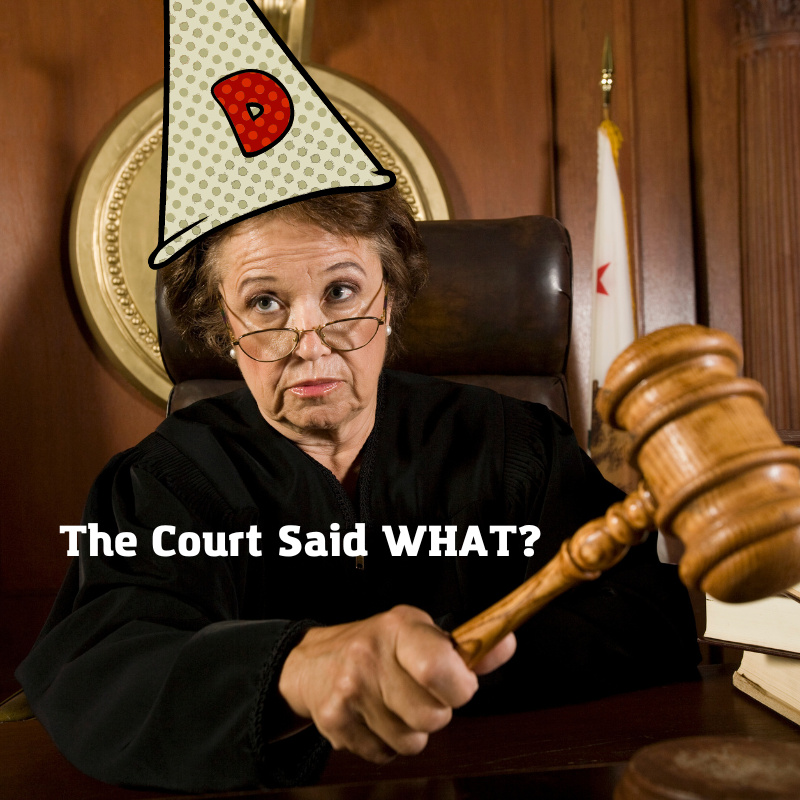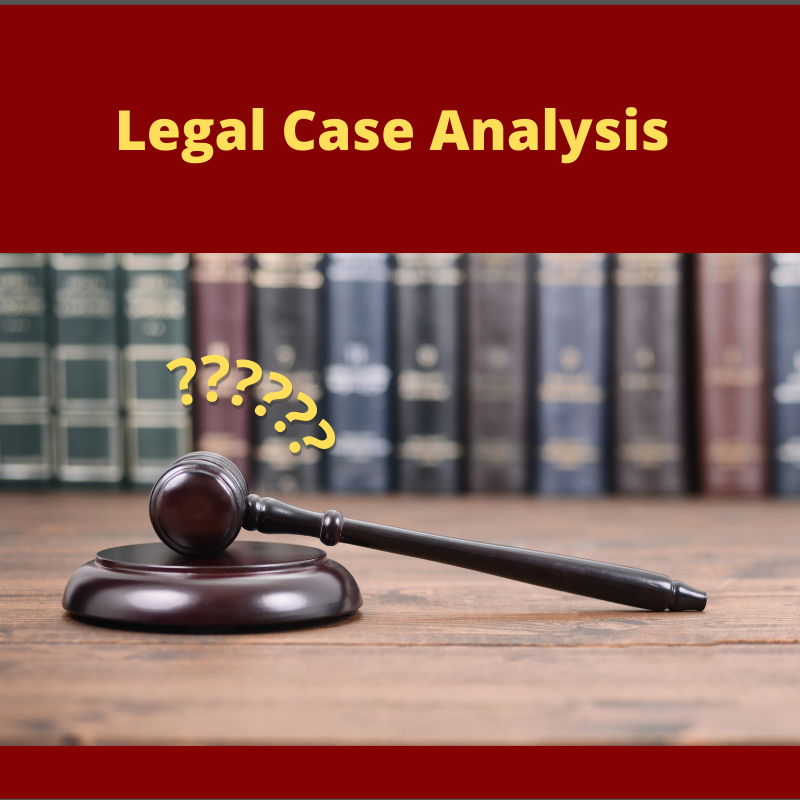
Last year the people of Oregon, by a bare majority, voted in a truck load of infringements. These included permit to purchase, gun registries, magazine bans, and many other Bruen FU’s.
This was Measure 114. The measure was so bad that even the political class didn’t want it to go into effect immediately.
It did.
Having gone into effect, it was challenged. Because it was a direct infringement case the suit was filed in the federal district court of Oregon. In one of the first cases, Oregon Firearms Federation, Inc. v. Brown (2:22-cv-01815) the district court first denied the motion for a TRO and for a Preliminary Injunction.
The plaintiffs(Good Guys) appealed the District Court’s decision to the Ninth Circus court. This appeal was withdrawn by the plaintiffs.
A number of other cases where joined with this as the lead case.
While all of this was going on in the district court, another case was filed in state court. That state court found FOR the plaintiffs(good guys) and enjoined part of Measure 114. The state appealed to the state supreme court which declined to hear the case.
What this means is that all or part of Measure 114 is enjoined from being enforced. It is stopped.
Of course the state can’t have a lose on any infringement.
They decided to “moot” the cases currently in district court. There are things that the legislature can do which will allow them to claim that the dispute before the court no longer exists.
If the cases reference Measure 114 then if it becomes a bill/regulation it might moot. If some of the wording changes, it might moot the cases.
This is exactly what the legislature in Oregon is doing:
SB 348 sets out a procedure to apply for a permit to buy a gun and requires state police to complete a background check before a gun can be sold or transferred to a permit holder, starting July 1, 2024. It also would ban the sale or purchase of magazines holding more than 10 rounds of ammunition, except for use by military or law enforcement officers. The large-capacity ammunition ban would become effective on the date the bill is signed into law if approved.
The bill goes further than Measure 114 by also raising the age for gun buyers, increasing the waiting period to obtain a gun and increasing the fees to obtain a gun permit.
— Legal challenges to state gun control bill would be restricted to Marion County, new amendment says
There are more infringements but they threw in this kicker:
A last-minute amendment to a state gun control bill that largely mimics voter-approved Measure 114 would restrict future legal challenges to the bill to Marion County Circuit Court.
The move is aimed at avoiding so-called “forum shopping,” the practice of pursuing a legal claim in a court that is likely to treat it most favorably.
— Id.
The state calls it “forum shopping” if you are filing the case in your home county. The state isn’t “forum” shopping when they pick the state court where challenges must be filed.
There are a number of things going on in these cases, hopefully we’ll see some good progress soon.
[visual-link-preview encoded=”eyJ0eXBlIjoiZXh0ZXJuYWwiLCJwb3N0IjowLCJwb3N0X2xhYmVsIjoiIiwidXJsIjoiaHR0cHM6Ly93d3cub3JlZ29ubGl2ZS5jb20vY3JpbWUvMjAyMy8wNC9sZWdhbC1jaGFsbGVuZ2VzLXRvLXN0YXRlLWd1bi1jb250cm9sLWJpbGwtd291bGQtYmUtcmVzdHJpY3RlZC10by1tYXJpb24tY291bnR5LW5ldy1hbWVuZG1lbnQtc2F5cy5odG1sIiwiaW1hZ2VfaWQiOi0xLCJpbWFnZV91cmwiOiJodHRwczovL3d3dy5vcmVnb25saXZlLmNvbS9yZXNpemVyL0tUR2h1Unk1cVRCclk0Z0NZQnJ5U1RGaU8zbz0vMTI4MHgwL3NtYXJ0L2Nsb3VkZnJvbnQtdXMtZWFzdC0xLmltYWdlcy5hcmNwdWJsaXNoaW5nLmNvbS9hZHZhbmNlbG9jYWwvUjJNTURYM0IzTkVMUEEzVVVTNk83NVBOMk0uanBnIiwidGl0bGUiOiJMZWdhbCBjaGFsbGVuZ2VzIHRvIHN0YXRlIGd1biBjb250cm9sIGJpbGwgd291bGQgYmUgcmVzdHJpY3RlZCB0byBNYXJpb24gQ291bnR5LCBuZXcgYW1lbmRtZW50IHNheXMiLCJzdW1tYXJ5IjoiQSBsYXN0LW1pbnV0ZSBhbWVuZG1lbnQgdGhhdCB3b3VsZCByZXN0cmljdCBmdXR1cmUgbGVnYWwgY2hhbGxlbmdlcyBvbmx5IHRvIE1hcmlvbiBDb3VudHkgQ2lyY3VpdCBDb3VydCB3YXMgYWRkZWQgdG8gdGhlIFNlbmF0ZSBKdWRpY2lhcnkgYmlsbCB0aGF0IGxhcmdlbHkgbWltaWNzIHRoZSB2b3Rlci1hcHByb3ZlZCBndW4gY29udHJvbCBNZWFzdXJlIDExNC4iLCJ0ZW1wbGF0ZSI6InVzZV9kZWZhdWx0X2Zyb21fc2V0dGluZ3MifQ==”]





